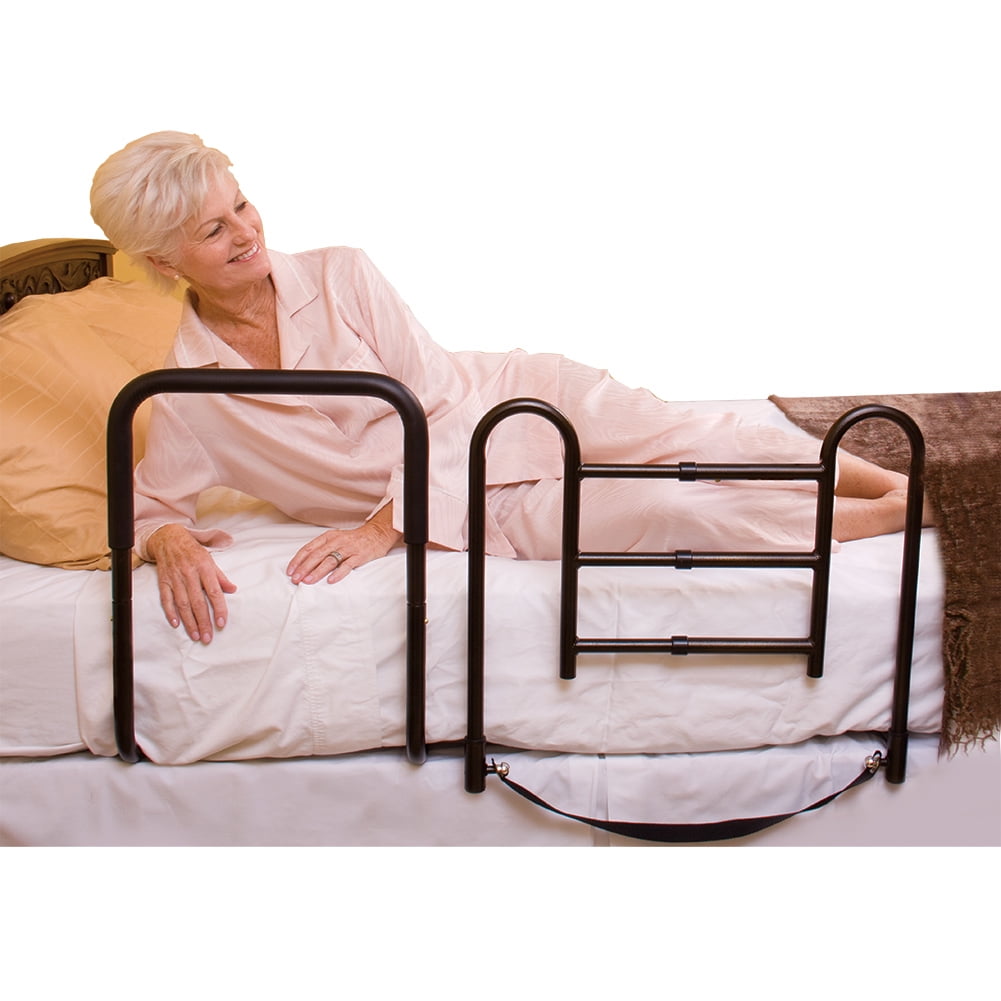

This area is the space between the mattress and the inside surface of the bed rail. The FDA recommends this space to be less than 4 ¾ inches.ģ) Between the mattress and rail. The gap under the rail, between it and the mattress, may allow for dangerous head entrapment. The FDA recommends this space to be less than 4 ¾ inches.Ģ) Between the rail supports, under the rail, or next to a single rail support. A risk of head entrapment can happen in any open space between the perimeters of the rail. There are seven areas of bed entrapment, places a person can get stuck or injured in and around a bed.ġ) Within the bed rail itself. At no time should the caregiver have to divert their attention away from the person to operate the unit.

#SAFETY BED RAILS FREE#
One hand operation – openings or doors should be easy to operate with one hand, which allows the free hand to assist the person as needed.

Many individuals are unable to safely exit a bed unsupervised as they are a danger to themselves or others.


 0 kommentar(er)
0 kommentar(er)
